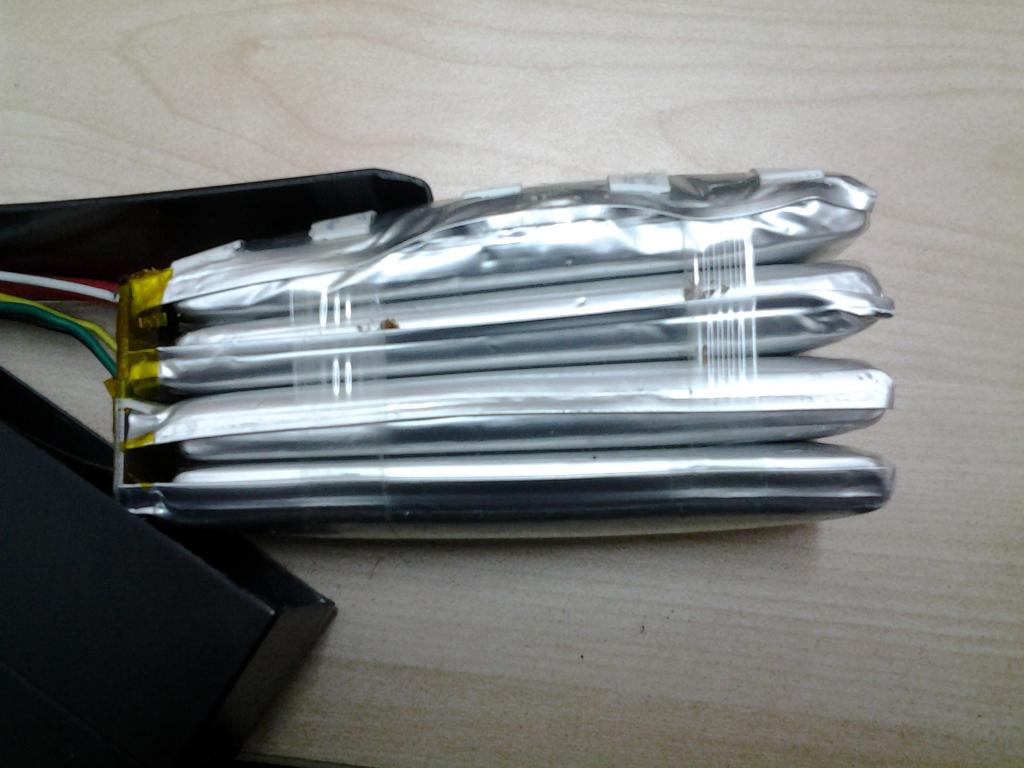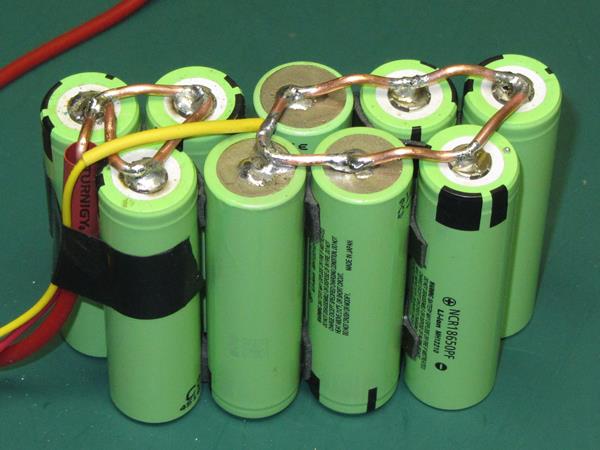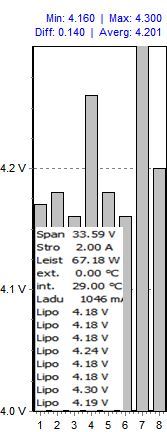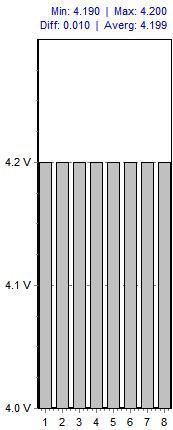"And the 8 pin connector on the old harness has been replaced by a 10 pin connector on the new harness:"
What are the two extra wires used for ?
As far as I am aware they are not used for anything at the moment, but it would have been a good idea to use them to double up on the battery feed to the lighting switch and the battery ground wire.
This would reduce the voltage drop along those wires when using higher wattage LED headlamps.

On this topic should I be running some kind of fuse with my GM 48v 10ah battery and MP4. I just connected the battery connector to the motor battery leads and have been running it like that? Any ideas?
thanks
The GM battery will be fine without a fuse as the
BMS should prevent excessive current from being delivered.
With a home made LiPo pack it is very important to use a fuse to protect against cable damage from excessive current and also to protect the battery itself in the event of a short circuit.
I posted at the endless sphere forum a couple of questions and maybe some one could help me here too. Automatically, my ignorance was bullied by some expert.
You were not bullied, you were simply given some very good advice regarding the big difference between cells and batteries because you will need to know this sort of basic information in order to accurately describe exactly what you are trying to achieve.
"I know that the RC batteries have 2 rates for the current discharge. Maybe I will find out how this works when I start to play with the controller software but...
How do I use the peak discharge from the lipos for those 10 or 20 seconds? Do I have to install a button and set two modes in the controller? If yes, where do I plug that switch?
I know that is up to the motor and the controller to assume how much current is needed but I need some help to understand why there is a 20C and 30C rate and how do I control that (if possible). Because if the normal rate is 20C, then I won't have 15Ah constant. I would have 20x that instead which seems impossible to me because the controller and the motor wouldn't handle that much."
I just don't understand much about the discharging rate. I read some articles but none answered my questions.
I'm using a 3s3p lipo rc battery pack. With this ones: http://www.hobbyking.com/hobbyking/store/__15521__Turnigy_5000mAh_4S1P_14_8v_20C_Hardcase_Pack.html
I saw once a topic with a guy that was using rc lipo batteries and because he was using the peak discharge, he had to increase the fuse capacity to 80 amps.
I just don't get how he was using that peak, seems that every one else just connects the rc lipo batteries and they work with a 1C discharge rate.
It is very clear from your post that you still have a lot to learn about batteries and perhaps the basics of electrical current too.

First let's start with your battery pack:
The individual LiPo packs that you are using each contain 4 cells, but hopefully not all puffed up like these:

It is commonly referred to as a 4S1P pack because it has four individual cells
(1P) connected in series.
If it were a 4S2P pack it would have 4 pairs of 2 parallel cells
(2P) connected in series.
This is what a 3S3P battery pack looks like:

It has a nominal voltage of 11.1V
(3 x 3.7V cells in series) and a capacity of 8.7Ahs
(3 x 2900mAh cells in parallel).
But your pack will be configured as 12S3P with a nominal pack voltage of 44.4V and a total capacity of 15Ah.
The 20C continuous rating means that your pack is theoretically capable of supplying 300 Amps
(not Ah) continuously and the 30C peak means that if the load applied was high enough it
could supply 450 Amps for 10-20 seconds without damaging the cells.
The Magic Pie 4 controller is unable to draw more than around 30 Amps of current from your pack
(2C) because the power taken from the battery is limited by the maximum power of the controller and motor.
It's a bit like a 60Ah 12V car battery that can supply 100's of Amps to crank a big diesel engine, but if you connect a low power device across the terminals
(like a 12V 5 watt bulb) it would only deliver 0.42 of an Amp
If you connected two 60 watt headlamp bulbs in parallel across the same battery it would instantly deliver 10 Amps of current to light up the bulbs.
So you don't need to worry about the maximum 20C
(300 Amps) as you will never require it. Fitting a 30 Amp fuse will ensure that this will never happen, even if the battery power leads are accidentally shorted.
LiPo batteries can be very dangerous and therefore require great care when you are connecting the wires during assembly of the pack. Plugging the wrong connectors together can result in severe burns and the risk of the battery pack exploding into a fireball.
Overcharging a LiPo pack can transform it into a very destructive incendiary device, and houses and sheds etc. have been completely destroyed by fire as a direct result!
I strongly advise you to read the warning label on the battery very carefully, especially the bit that says, "Always charge in a non-flammable area" and "Never leave a charging battery unattended".
Just to give you some idea of what can happen, take a look at
this video showing 2 x 5000mAh cells exploding, and then consider that your battery will contain 36 of those cells in very close proximity!
Regarding your question about using two power supplies for faster charging, if some cells become weaker than the others the battery will become unbalanced, a higher charging current will cause a much higher voltage difference between the weaker and stronger cells.
Here you can see the result of a poor pack with unbalanced cells during a normal
(non-balanced) charge and the charging current is only 2 Amps:

And this shows what it should look like with a good pack during a balanced charge:

Having said that, two of those power supplies in parallel would be charging at a maximum of 14.6 Amps, which is still less than 1C for a 15Ah pack.
One thing that you mentioned on
your Endless-Sphere post has me puzzled; "The controller has it own low voltage switch, very handy."
Which switch are you referring to?
Alan